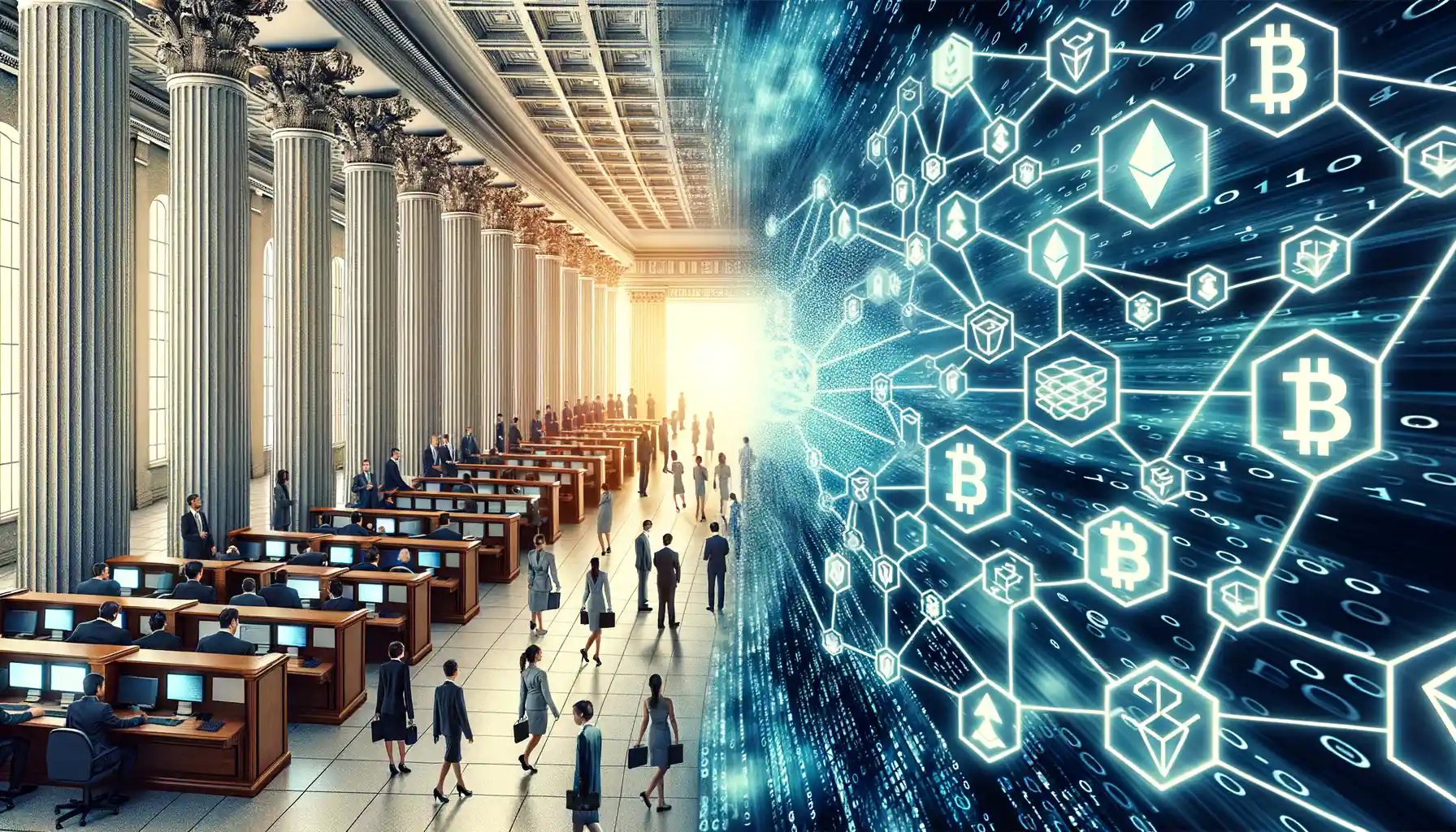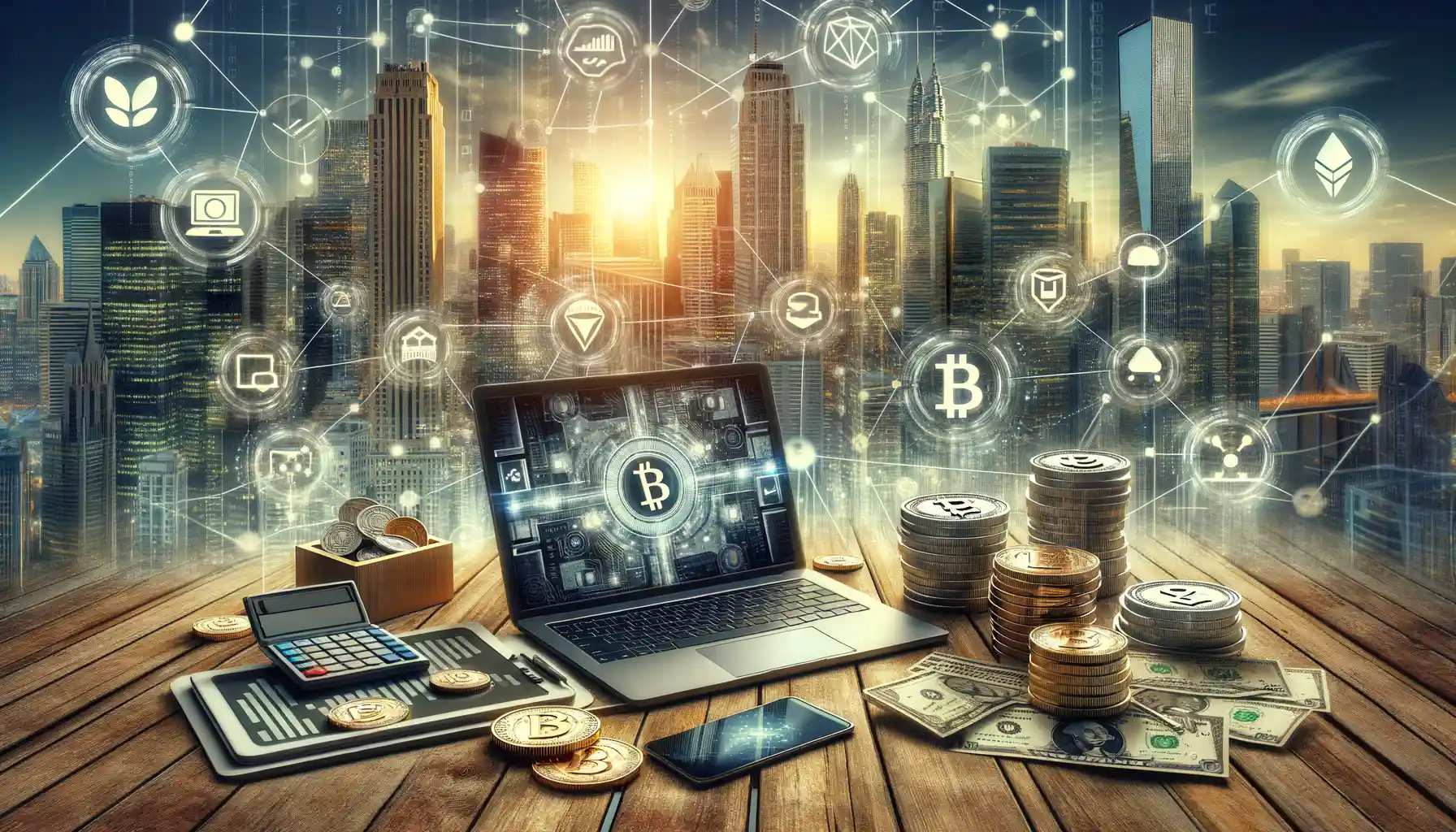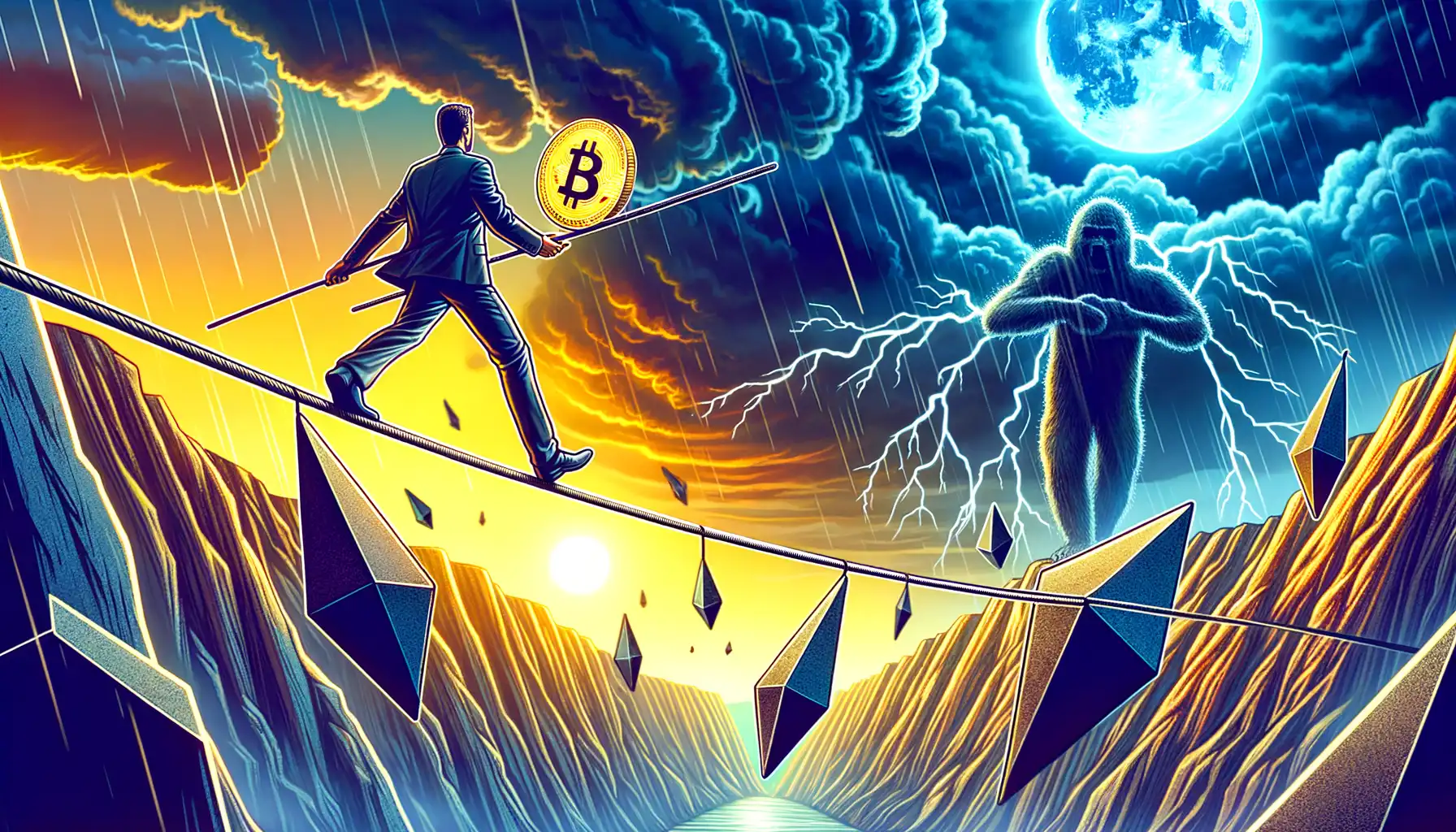Understanding Blockchain Technology and Its Core Principles
What Makes Blockchain Tick?
Let’s peel back the layers of this buzzword, shall we? At its heart, blockchain isn’t as intimidating as it sounds. Think of it as a shared digital notebook—except this one doesn’t have a snoopy sibling trying to scribble inside. Every page (or “block”) in this notebook is linked to the next, forming a tamper-proof chain. When new information is added, it’s verified by everyone sharing the notebook, ensuring there’s no funny business.
Here’s where it gets thrilling: it’s decentralized! Picture this. Instead of one single gatekeeper controlling everything (looking at you, banks), everyone has equal access to the system. No middlemen. Just pure transparency and democratic decision-making.
- Immutability: Once something’s written in the blockchain, it can’t be erased or altered.
- Decentralization: Power isn’t concentrated in one place—it’s shared across a global network.
- Transparency: Transactions are visible to all, but personal data remains private (a perfect balance).
The Secret Sauce: Cryptography
Now, here’s where blockchain flexes its muscles. It uses cryptography to safeguard data. Imagine locking a diary with thousands of uncrackable locks—and every key is unique. These cryptographic “keys” ensure that only the rightful owner can open their part of the blockchain. This rock-solid security is why many call blockchain the backbone of modern finance.
Blockchain’s Impact on Traditional Financial Systems

Transforming Banks: From Vaults to Validators
Imagine walking into a bank—but instead of vaults and stacks of paper contracts, you find lines of code securing your savings. That’s the magic of blockchain technology making its mark on traditional financial systems. It’s like swapping out a rusty engine for a sleek electric motor; everything becomes smoother, faster, and more reliable.
Why? Because blockchain replaces outdated processes with a transparent, decentralized network. Forget middlemen gobbling up fees or delays in international payments. With blockchain, funds move across borders as effortlessly as texting a friend. Take Bitcoin, for instance. It’s already challenging the traditional idea of currency by offering direct, peer-to-peer transactions—no third-party approval required.
Here’s how the change unfolds:
- Real-time settlement: Traditional banks take days to clear payments; blockchain does it in minutes, sometimes seconds.
- Lower costs: Say goodbye to hefty transaction fees. Blockchain trims the fat by cutting out unnecessary intermediaries.
- Enhanced security: Blockchain’s cryptographic design makes hacking nearly impossible—a fortress protecting your money.
Empowering Individuals, Redefining Control
Traditional finance often feels like an exclusive club where the rules are set by a few. But with blockchain, power shifts. Suddenly, individuals have the upper hand. For instance, smart contracts allow people to automate agreements without needing banks or lawyers. Imagine selling a car with just a digital handshake, no paperwork nightmares!
The implications stretch far beyond convenience. In developing countries where banking access is scant, blockchain acts as a lifeline. People can save, borrow, and trade using only a smartphone. It’s not just a technical upgrade—it’s financial empowerment on a global scale.
This isn’t just evolution; it’s revolution. And it’s happening faster than anyone expected.
Key Applications of Blockchain in Modern Finance

Revolutionizing Payments and Money Transfers
Picture this: sending money to a friend overseas in just seconds, with minimal fees, and no banks acting as the middleman. Sounds like magic, right? That’s exactly what blockchain is making possible. By cutting out traditional intermediaries, blockchain-powered payments are faster, cheaper, and more transparent than ever before. No more waiting days for funds to clear or scratching your head over hidden fees.
Even major players like PayPal and Visa are dipping their toes into blockchain waters to streamline cross-border transactions. With digital wallets and cryptocurrencies like Bitcoin, everyday users are seizing control of how they send and receive money, free from the clunky gears of outdated financial machinery.
Smart Contracts: The Future of Trust
Ever feel uneasy about signing complicated agreements or relying on third parties to play fair? Enter smart contracts, the superheroes of blockchain technology. These self-executing contracts automatically enforce terms when conditions are met—no lawyers or notaries required.
Here’s where it gets exciting:
- Real estate: Instantly transfer ownership after payment clears.
- Insurance: Get paid the moment your claim is validated.
- Supply chains: Automate payments to suppliers once goods are delivered.
The beauty of smart contracts lies in their precision and reliability. Once programmed, they can’t be tampered with, ensuring everyone involved plays by the rules. It’s trust, redefined.
Challenges and Risks in Adopting Blockchain Technology

Peeling Back the Layers: Hidden Hurdles in Blockchain Adoption
Diving into the world of blockchain might feel like stepping into a futuristic utopia, but let’s not pretend it’s all rainbows and seamless transactions. Behind the shiny exterior lies a maze of challenges that can’t be ignored.
For starters, there’s the issue of scalability. Picture this: a bustling highway that suddenly bottlenecks at rush hour. That’s blockchain networks today, especially when demand skyrockets. Bitcoin and Ethereum, two pioneers in the game, still struggle to process transactions fast enough to rival traditional financial giants like Visa.
And then there’s the elephant in the room—regulation uncertainties. Governments around the world are scratching their heads, trying to decide how to handle this wild, untamed beast. Will your investment be legal next year? Nobody knows for sure.
- Energy consumption: Think about the environmental cost. Mining isn’t just hard on your hardware; it’s devastating for the planet.
- Cybersecurity risks: While blockchain is secure, hackers love targeting wallets, exchanges, and human error.
- User adoption: Let’s face it—explaining blockchain to someone technophobic can feel like teaching calculus to a toddler.
Yes, the potential is thrilling, but navigating these challenges is like walking a tightrope without a safety net. Who’s ready to take the leap?
Future Trends and Predictions for Blockchain in Finance

The Rise of Decentralized Finance (DeFi) and Smart Contracts
Picture a world where middlemen are obsolete, where financial deals happen directly between parties with lightning speed. That’s where DeFi, or decentralized finance, steps in. Built on blockchain, DeFi platforms empower users to lend, borrow, trade, or invest without banks or brokers calling the shots. With the integration of smart contracts—self-executing agreements encoded directly into the blockchain—the possibilities are jaw-dropping. A farmer, for example, could use a smart contract to protect their income. If weather data shows poor rainfall, payouts would trigger automatically, no delays, no disputes.
- Expect skyrocketing growth in programmable financial tools—think mortgages or insurance policies created with zero human oversight.
- Peer-to-peer lending is likely to boom, cutting out the costly middle layers entirely.
Tokenization: A New Era of Investment Opportunities
Imagine owning a piece—not just of stocks—but of art, real estate, or even a blockbuster movie. Blockchain makes this possible through tokenization. By turning tangible assets into digital tokens, fractional ownership is now within reach for everyday investors. For instance, instead of saving years to buy property, you could own a fraction of a luxury apartment with just a few clicks.
And here’s where it gets thrilling—these tokens can be traded worldwide 24/7, unlocking liquidity like never before. In essence, blockchain might just sprinkle democracy into a system that has historically been the playground of the wealthy elite. Excited? You should be. This is not just evolution—it’s revolution.
